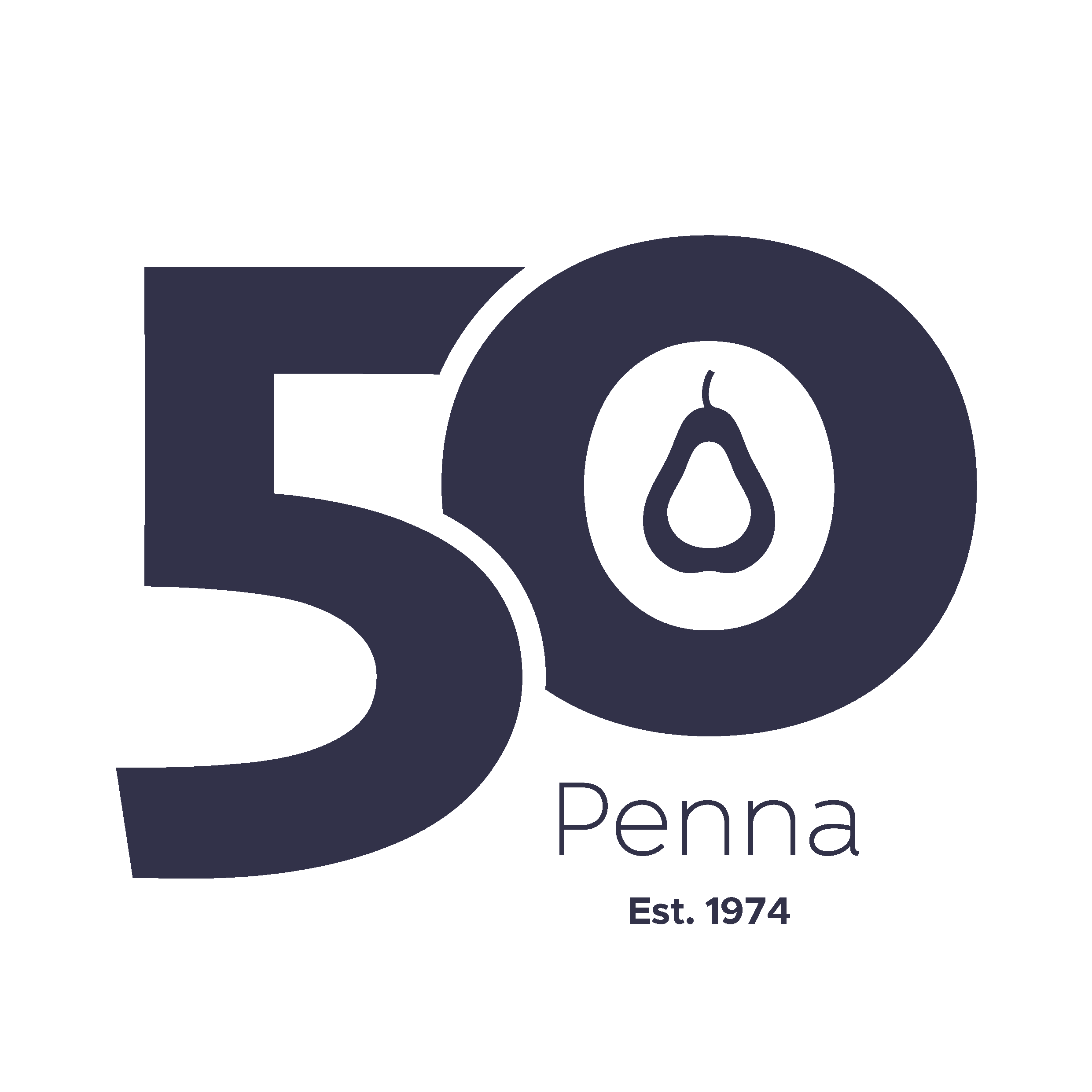Research
Marketing Collateral Analysis
Our client overhauled their entire suite of undergraduate marketing materials for 2020, in order to better serve students making university choices, by providing key information, in different formats, at different stages in the decision-making process. Internally this was a controversial switch, viewed as too radical by many academics who contribute course related content for the prospectus each year.

What was the challenge
The challenge was to understand how students currently make their choices, as well as teachers and careers advisors, felt about this new approach – and compare it with their previous approach, which consisted of a single, bulky, copy heavy prospectus. Furthermore, the client wished to understand what information was needed at what stage in the decision-making process and preferences for the formats through which students receive such information. Also important was to gather feedback on their website in terms of user experience and content. Finally, there was a desire to better understand the online competitor landscape.
What was our solution
We combined quantitative and qualitative research, starting with a series of focus groups across the North West, with Year 13 school students, followed by focus groups with A-level teachers and careers advisors in the same locations. Each one investigated the student decision-making process, views on the old and new materials (prospectuses etc), which they preferred and why, and what information was important at different times. The website was assessed in terms of design and imagery, user experience and how course information was presented.
Speaking to students
An online, quantitative survey was designed to gain insight into the student decision making process. It was completed by over 100 year 13 students, across relevant locations. Combining qualitative focus groups with a quantitative survey meant robust data and statistics could be provided and insights from focus groups was layered on top, to help make sense of the data and add context and understanding.
Desk research was undertaken to better understand the online competitor landscape. We used insights from the focus groups to guide this phase, comparing what respondents had told us was important with what each university website offered.
We then undertook a thorough analysis, looking for correlations in views across the focus groups and survey, in order to provide robust conclusions and an actionable set of recommendations grounded in the views of the university’s target audience.
What were the results
Having already attempted a similar exercise themselves but failing to get the insights required to make a decision on the future direction of their marketing, the client was delighted with the insights we uncovered and the statistics available to back up the points made in the focus groups.
The research vindicated the new approach. It provided a multitude of insights to further enrich materials, as well as guidance on ‘do’s and don’ts’ and the importance of consistency across hard copy materials and website, which was missing.
Ideas and inspiration for improvements to the website came not only from the focus groups but from the competitor analysis as well, including a set of straightforward ‘quick wins’ which could significantly improve the user experience and increase time spent on the website.
We were subsequently invited to the university to present the results to a much wider audience, including a host of academics (who had been against the new approach). Work on 2021 materials begun with a newfound sense of confidence in the approach.
